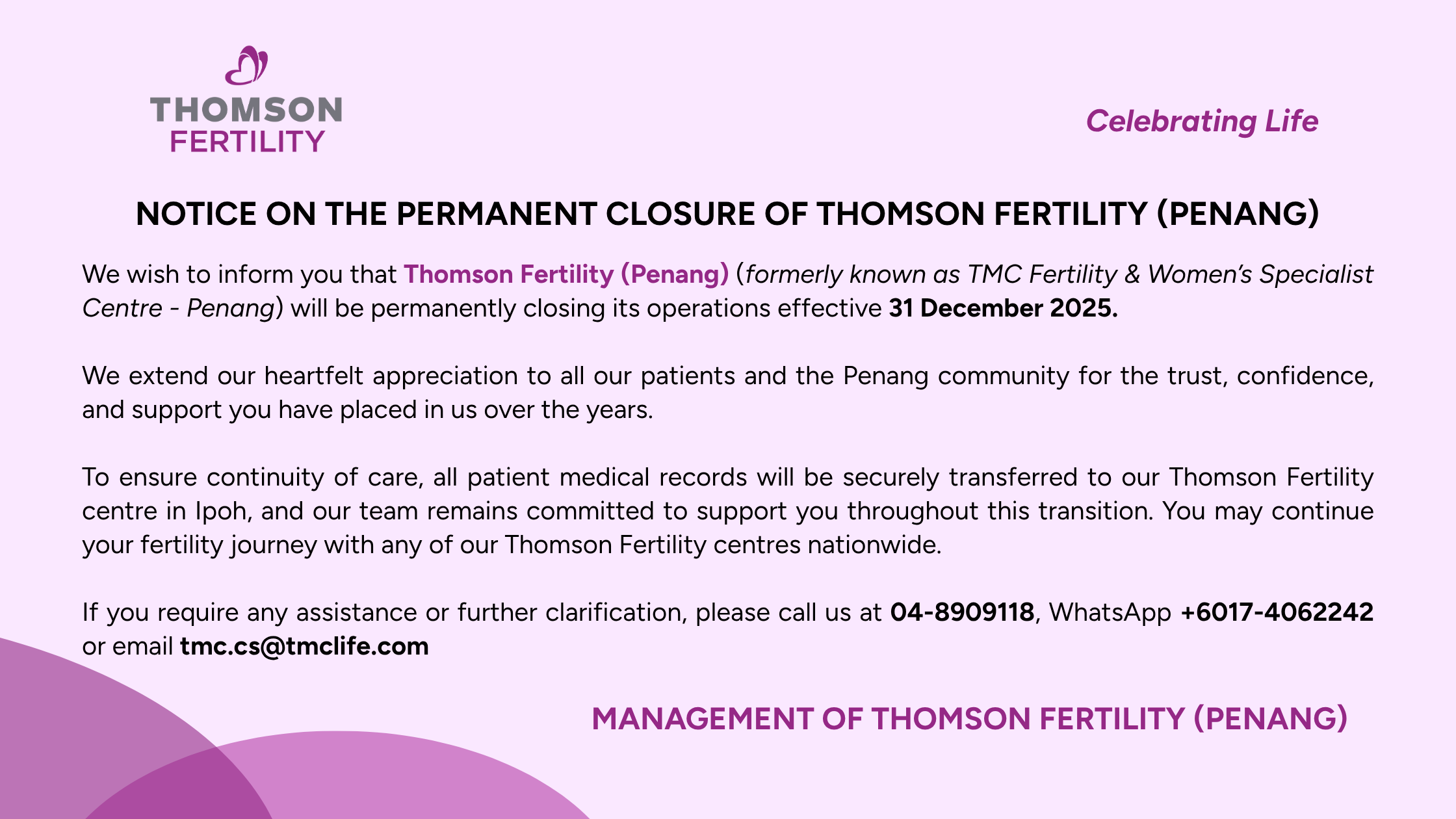The vitrification protocol in assisted reproductive technology (ART) has changed the way we cryopreserve reproductive tissues. Unlike the traditional slow-freezing methods of the past, vitrification allows for a safe dehydration of the egg and sperm before they are placed into a cryo-storage unit to prevent significant impairment of their cellular integrity.
How Vitrification Works
Here is a quick look at how vitrification is carried out at TMC Fertility Centre.
- The process begins by exposing oocytes or embryos to cryoprotectants for the purpose of dehydration. Sperm cells will be suspended in specialized vitrification solutions.
- Vitrified cells are then stored in liquid nitrogen at temperatures around -196°C, allowing for long-term preservation without compromising its viability post-thaw.
- When needed, the vitrified specimens are rapidly warmed and rehydrated to be made ready for fertilization or implantation.
Advantages of Vitrification
While classic slow-freezing methodologies worked, it did see a critical flaw – ice crystal formations in the cell, leading to cell death. Vitrification presented a better chance of cryopreserving reproductive cells by:
- Elimination of Ice Crystal Formation: Its process of first dehydrating embryos, egg, and sperm cells reduce the likelihood of ice crystal formation. As a result, more cells are likely to survive post-thawing and go on to be a successful pregnancy.
- Enhancing Survival Rates: Post-thaw survival rates of oocytes and embryos showed an increase with use of vitrification rather than traditional methods. This led to an increase in chances of a pregnancy taking and boosted live birth rates.
- Fertility Preservation: Vitrification provides a safer, low-risk chance of preserving your reproductive cells for later use.
Conclusion
In summary, vitrification offers a reliable and efficient method for cryopreserving sperm, ova, and embryos, enhancing the success rates of ART procedures to aid infertility.



